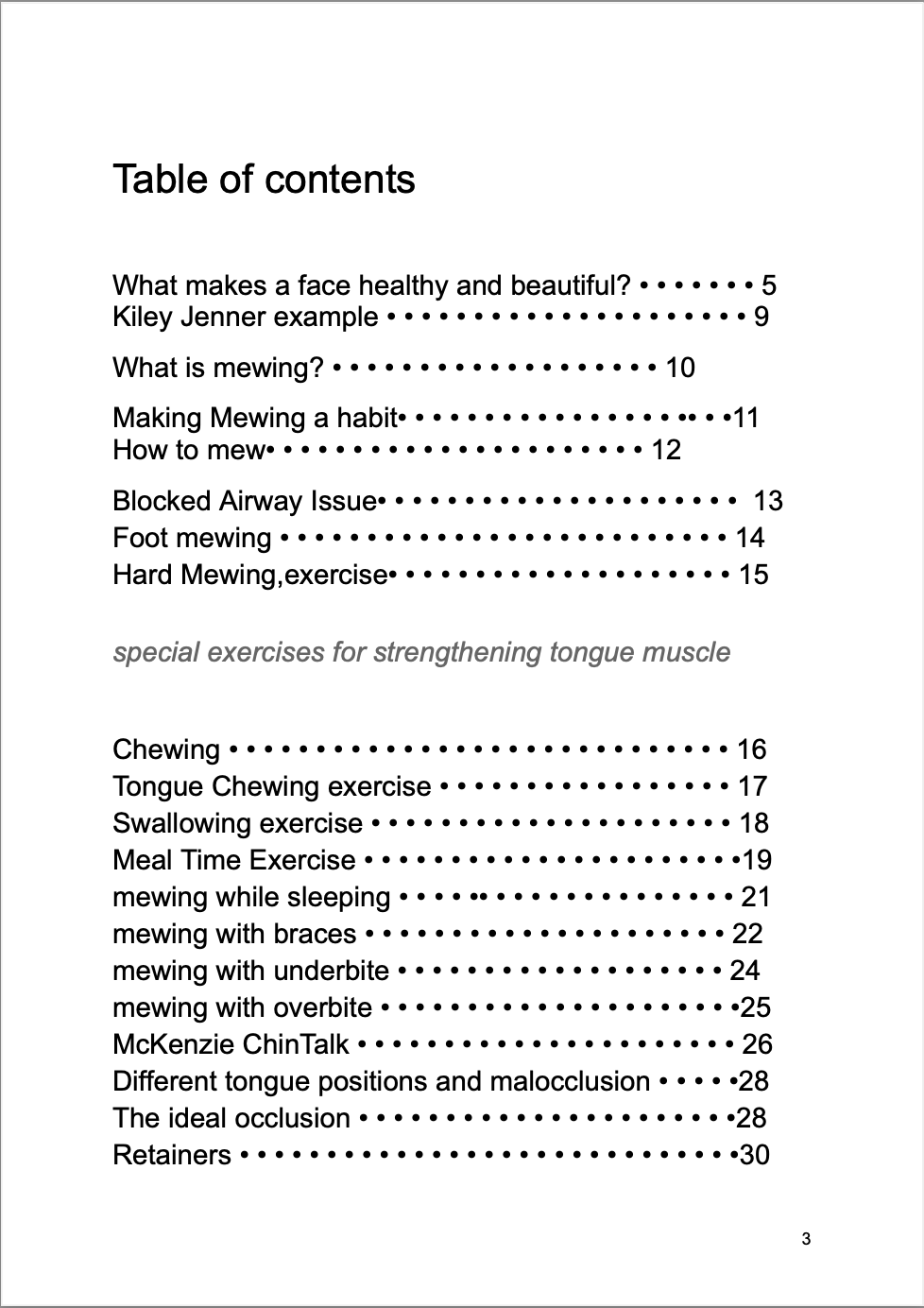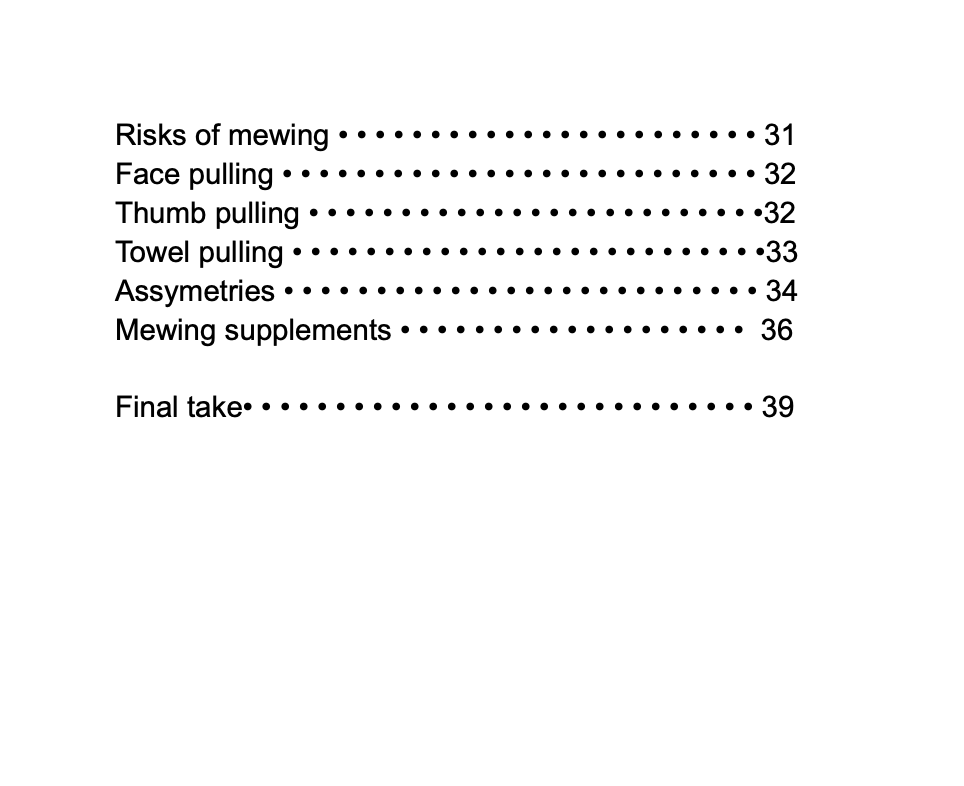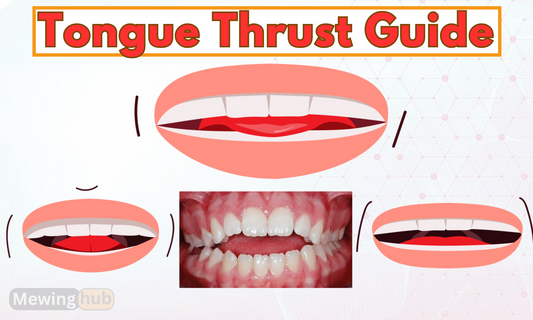How Mewing Can Naturally Improve Your Singing

Share
Mewing, a practice advocated for its potential to reshape facial structure through proper tongue posture, has intrigued vocalists and speakers with its implications for vocal quality.
This technique, rooted in orthotropic principles, suggests a correlation between the physical alignment of the jaw, palate, and airway and the natural improvement of vocal resonance and clarity.
But how does mewing intersect with the art of singing? This article explores how mewing can be a natural method to enhance vocal quality, offering singers and speakers a holistic approach to improving their craft.
The Intersection of Facial Structure and Vocal Quality

What is Mewing?
Mewing involves maintaining a specific tongue posture where the entire tongue is pressed against the roof of the mouth, from the tip to the back.
This practice is designed to exert gentle, consistent pressure on the maxilla (upper jaw), promoting better alignment and potentially expanding the palate over time.
Learn more about mewing and how to do it correctly.
Orthotropic Principles and Vocal Quality
Orthotropics focuses on the development and alignment of facial structures, emphasizing proper oral posture and breathing techniques. The principles of orthotropics align closely with the objectives of vocalists seeking to enhance their vocal quality through physical alignment and proper breathing.
The Connection Between Mewing and Singing
Understanding Vocal Production
To understand how mewing might influence vocal quality, it’s essential to grasp the basics of vocal production. The voice is produced as air passes through the vocal cords, creating sound waves that are then resonated in the oral and nasal cavities. The shape and size of these resonating chambers significantly impact the quality of the sound produced.
Resonance and Vocal Quality
Resonance refers to the amplification and enrichment of sound within the vocal tract. A more resonant voice tends to be fuller and richer, qualities highly sought after by singers and public speakers. The structure of the mouth and throat plays a critical role in determining the level of resonance.
Mewing’s Role in Enhancing Resonance
Mewing’s potential impact on vocal quality stems from its ability to influence the shape and size of the oral cavity. By promoting a wider palate and better airway alignment, mewing can enhance the resonating chamber of the vocal tract, leading to improved vocal resonance.
Expanding the Palate: A Path to Richer Resonance

How Mewing Expands the Palate
Mewing encourages the tongue to rest against the roof of the mouth, applying pressure that can gradually expand the palate. This expansion increases the space within the mouth, which can contribute to a richer, more resonant voice.
Impact on the Vocal Tract's Resonating Chamber
A wider palate creates a larger resonating chamber within the oral cavity. This enhancement allows for greater amplification and richness of sound, which is particularly beneficial for singers aiming for a fuller vocal tone.
Examples from Well-Known Singers
Many well-known singers have naturally wide palates and smiles, which contribute to their vocal quality. Observing these singers can provide insight into the importance of oral cavity structure in achieving a powerful and resonant voice.

Mewing’s Impact on Vocal Clarity and Projection
Clarity Through a Wider Palate
With a wider palate, the voice can resonate more clearly, enhancing articulation and precision. This clarity is crucial for singers and public speakers who rely on the distinctness of their speech and singing.
Projection Through Enhanced Airway
Mewing’s effect on the airway can improve the projection of the voice. A more open airway allows for better airflow, supporting stronger and more sustained vocal delivery.

This aspect is essential for vocalists who need to project their voice across large spaces or during extended performances.
Benefits for Vocalists and Public Speakers
For vocalists and public speakers, the benefits of mewing extend beyond resonance and projection. Improved clarity and power can lead to a more commanding and effective vocal presence, enhancing overall performance and audience engagement.
Breathing Techniques and Mewing: Enhancing Vocal Support

Controlled Diaphragmatic Breathing
Proper breathing techniques are fundamental to vocal performance. Controlled diaphragmatic breathing supports sustained vocal delivery and reinforces the alignment benefits of mewing. By focusing on deep, controlled breaths, singers can maintain better posture and vocal control.
Synergy Between Breathing Techniques and Mewing
Combining mewing with controlled breathing techniques can enhance vocal stamina and control. The synergy between these practices ensures that the vocal apparatus is well-supported and aligned, allowing for more efficient and powerful vocal production.
Benefits for Vocal Stamina and Control
Integrating mewing with breathing exercises can significantly improve vocal stamina and control, essential for prolonged singing or speaking sessions. This combination helps maintain vocal health and performance quality over extended periods.
The Psychological Impact of Mewing on Vocal Performance
Boosting Self-Confidence
A well-aligned facial structure can boost self-confidence, which is inherently linked to vocal expression. Vocalists and speakers who feel confident in their appearance and posture are likely to deliver more compelling and engaging performances.
Link Between Self-Image and Vocal Expression
Improved self-image resulting from mewing can translate into a more confident and engaging vocal delivery. The psychological benefits of feeling good about one's facial structure can enhance overall performance quality and audience connection.
Conclusion: A Harmonious Blend of Structure and Sound

Mewing presents an intriguing, holistic approach to vocal enhancement, aligning physical facial structure with the art of voice production.
While the primary aim of mewing is to improve facial aesthetics and alignment, its secondary benefits on vocal performance offer a natural, non-invasive method to potentially enrich vocal tone, clarity, and resilience.
By embracing the principles of mewing, vocalists and speakers can explore new dimensions in their craft, leveraging the intimate connection between facial structure and vocal expression for natural, sustainable improvement.












